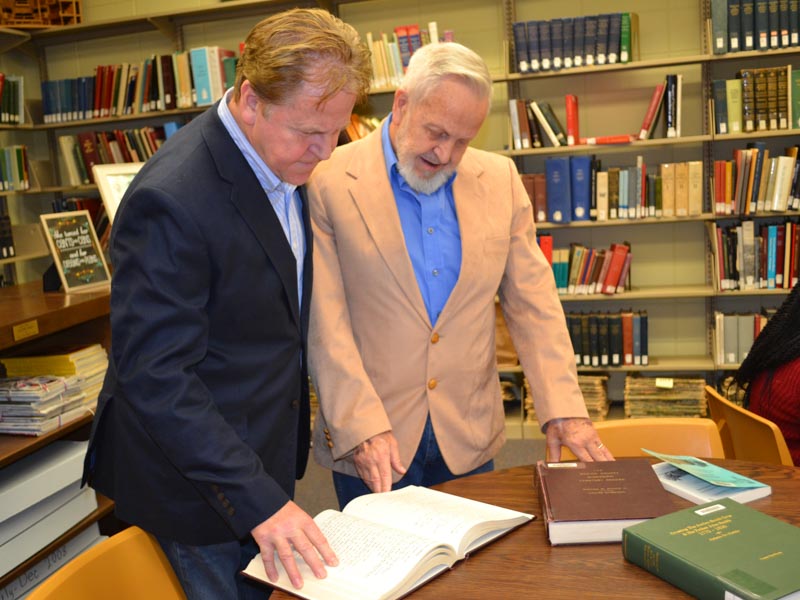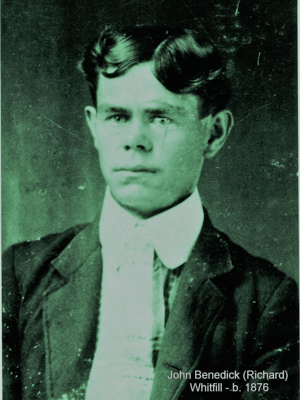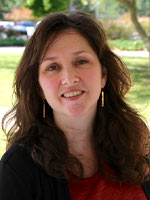Descendants of asylum patients to share stories at archival event

Anyone whose ancestors had links to the old Mississippi State Insane Hospital is invited to a two-day information-sharing event, July 19-20, at the University of Mississippi Medical Center.
“Old Asylum History Days,” part of the Asylum Hill Project, is 9 a.m. to 4 p.m. each day on the first floor of the School of Health Related Professions, located just off Lakeland Drive.
Mississippians and others related to patients or employees of the vanished asylum are asked to record their relatives’ stories; attend presentations on the institution’s history; learn how to preserve family photos, letters and memorabilia; and avail themselves of free, high-resolution scans of their materials.

Among those who are participating in the Asylum Hill Project are James T. Lee of Owensboro, Kentucky, and his brother Wayne Lee of Durham, North Carolina, whose grandfather, John Benedict Whitfill, left Kentucky to make his fortune from “King Cotton” in Mississippi.
As James Lee discovered, Whitfill was an asylum patient for about two months, starting in late 1931. “He died of pellagra,” Lee said, referring to a vitamin deficiency that can lead to delirium. “He was probably one of the last [patients] buried there in Jackson.”
As Lee has done, other relatives of patients may contribute to, or pull information from, the Asylum Hill website managed by Lida Gibson, a Mississippi film documentarian and coordinator of the oral history mission.

“Using descendants’ stories, asylum records, newspaper clippings and ancestry.com, we can put together an amazingly detailed portrait of these patients,” Gibson said. Also invited to the outreach program are those who lived in the asylum neighborhood and have memories of the former site and its buildings, she said.
One room will be set aside for a presentation, one for scanning and three for interviews.
The event is supported by an $11,993 Common Heritage Grant from the National Endowment for the Humanities.

“This grant is fabulous for the Asylum Hill Project,” said Dr. Ralph Didlake, UMMC associate vice chancellor for academic affairs and chief academic officer.
Didlake, who also directs the Center for Bioethics and Medical Humanities at UMMC, has banded together experts and scholars to form the Asylum Hill Research Consortium, which is preserving and promoting the asylum’s history.
As UMMC’s lead member of the consortium, the Center for Bioethics is working in conjunction with many of Mississippi’s universities or colleges, several community partners and two out-of-state universities.
The consortium: UMMC, the University of Mississippi, Millsaps College, Mississippi State University, Jackson State University, University of Southern Mississippi, Texas State University, University of Idaho, Mississippi Department of Archives and History, Mississippi State Hospital and the Mississippi Humanities Council.

Dr. Amy Forbes, Millsaps College associate professor of history, who helped open the door for the grant, said there is a gap in the telling of the asylum’s story.
“Descendants can tell us what they know from family lore and what the asylum meant to them; they can help explain the asylum’s place in the state’s history,” said Forbes, who is also assistant director of archival material management with the Center for Bioethics, and a UMMC associate professor for academic information services.
Originally known as the Mississippi State Lunatic Asylum, the hospital was located on a portion of what became the UMMC campus; it operated there from January 1855 until March 1935. The asylum was renamed the State Insane Hospital in 1900. It is now the Mississippi State Hospital in Whitfield.
During the facility’s 80-year history in Jackson, around 35,000 people were institutionalized, and an estimated 10,000 to 11,000 died on the premises, as reported by Dr. Molly Zuckerman, associate professor in the Department of Anthropology and Middle Eastern Cultures at Mississippi State University.
Another of the consortium’s aims is to relocate, collect and organize the remains of what may be as many as 7,000 patients lying in anonymous graves on the Medical Center grounds, an effort that must be done “respectfully and ethically,” Didlake said.
For a schedule of the day and to sign up for the event, please visit https://www.asylumhillproject.org, email asylumhillproject@umc.edu, or call 601-984-6790. Registration is offered but not required.
Parking will be available next to the School of Health Related Professions, which is located at the corner of Lakeland Drive and Peachtree Street. From I-55, take Exit 98B and go west on Lakeland Drive; turn left onto Peachtree; the school is on the left.
The Old Asylum History Days page is also live here: https://www.asylumhillproject.org/Asylum_Hill/Asylum-Hill-Project.html. Stories may be shared as well through this web portal.


